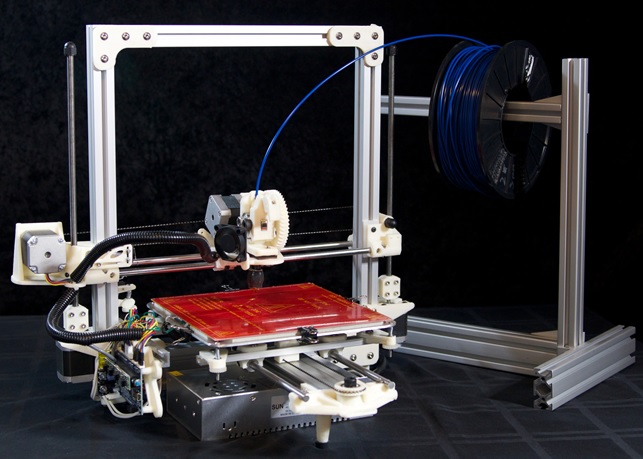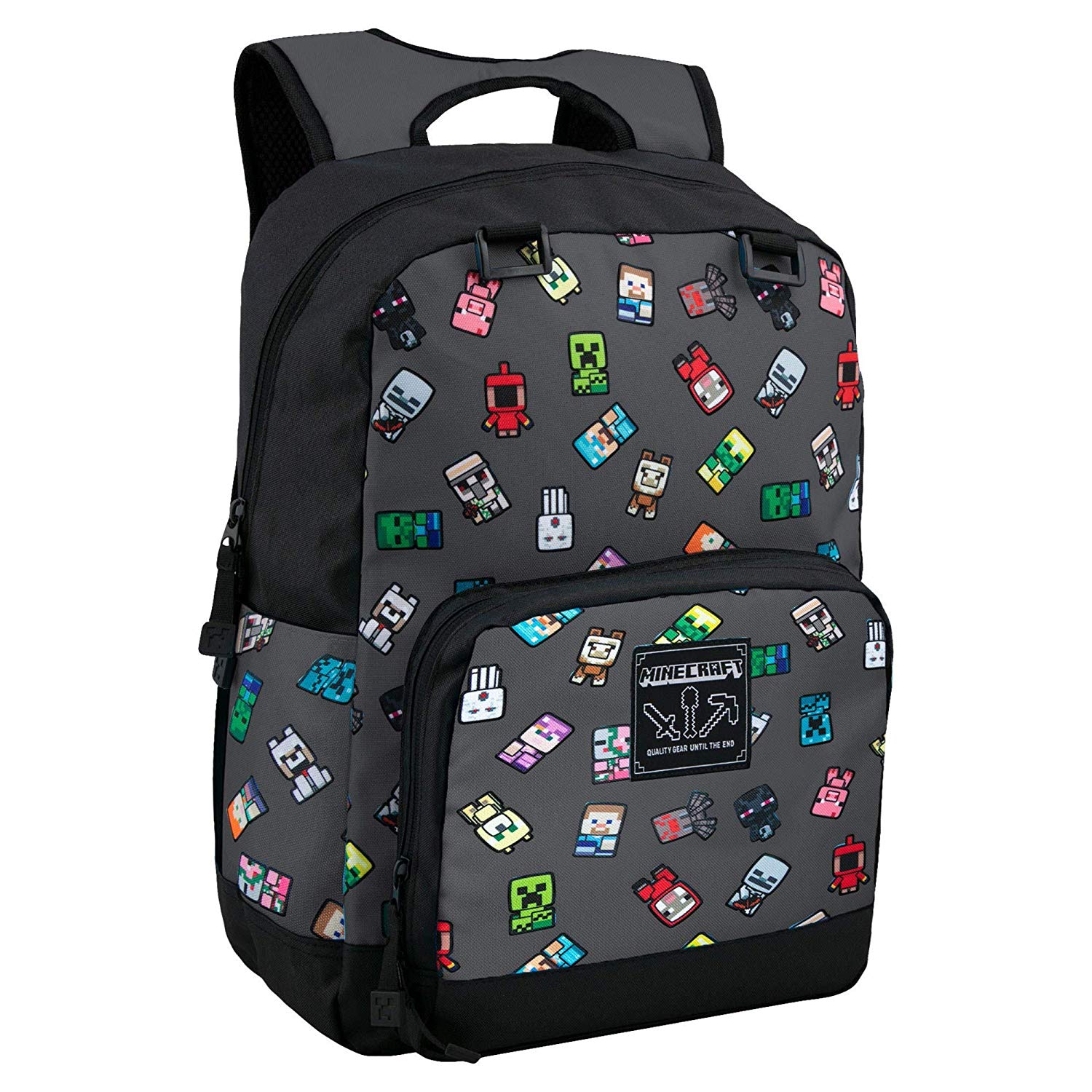Think of the “Star Trek Matter Replicator”, which easily creates reproductions of any three-dimensional product with minimal human intervention. Developers have had their minds set on making 3D printing a reality for several years. Technology is getting closer to the eventual goal of creating highly complex three-dimensional products with the push of a button. Imagine even the biggest objects, such a house, being created without a single hammer and nail. But does 3D printing mean the death of the working class?
3D Printing is a Logical Evolution
Image via Flickr by roberthunt1987
There’s always been a need to create duplicates. The ability to duplicate a document has been around since the advent of the printing press in the late 1800s. Copy machines have evolved over time, and it’s now possible to make mass quantities of the same document in mere minutes. The same need applies to three-dimensional products. Currently, 3D technology only goes as far as being able to great simple objects like coffee mugs that consumers tend to keep in quantities.
So how does it work?
It’s actually pretty simple: Products are broken down into layers, which are printed, layer-by-layer and assembled to create the final physical item. Amazing right?
And yet, the market for 3D printing hasn’t exactly taken off. Ideally, one day everyone will own a 3D printing machine in their home. Think about it, need a new dinnerware set? Imagine being able to create a dozen perfectly matching plates with a few clicks of a mouse without ever leaving your home. Now, take it a step further and consider replicating organic materials—what if a Thanksgiving meal could be “printed” in seconds? Brings a new meaning to the term “fast food”, eh?
With this in mind, retail companies are seeing dollar signs in a not-so-distant future. However, leaders in the retail industry aren’t the only ones eyeing this technology. Governments around the world are racing to advance 3D printing to create far more complex objects. What if 3D printing allowed us to replicated objects of a more robotic nature? In years to come, a robot army might not just be a trope in science fiction, but actual reality.
Endless Customization Options
Image via Wikimedia Commons
Currently, 3D printing is on the cusp of becoming a part of everyday life. Industry leaders claim that within the next decade this market will take off.
Soon consumers will be able to use software in their homes to create a product, send the design to a company, which will then print the product and mail it back to the customer. The process enables the average consumer to create custom-designed products of their own making. Using a new HTC One phone, for instance, you could design a sunshade product from a beach on the Outer Banks, send your design off to a printer, and have your invention waiting for you by the time you return from your vacation. The potential for bringing innovative entrepreneurial visions to life is enormous.
Reduced Physical Labor Needs
The Industrial Revolution completely changed the demographic of manufacturing. Independently run businesses struggle to compete against mass-producing industries such as Wal-Mart. Now that 3D printing is the next logical step, how it will affect our current market? Economists are struggling to answer this question.
Many fear that with the introduction of this new technology the need for physical labor would dramatically reduce. This means that the careers of countless people across the globe will become obsolete.
The 3D printing process will revolutionize the manufacturing industry, it’s simply a matter of when. By reducing costs associated with labor and expanding the realm of possibilities. One California startup is working on a process to create houses using 3D printing, which could basically eliminate the need for construction workers. This is great news for an industry bogged down with increasing labor costs, which constitute one of the biggest expenses in manufacturing. However, it isn’t so great for the average American blue-collar worker, who’s already struggling to find gainful employment.
This Means Education Will Become More Important
There’d still be a need for white-collar workers, however, as there would continue to be demands for computer operators, application developers and even workers to manage shipping and receiving. Workers with education in technical fields, such as engineering, would also continue to be in demand to create the printing machines capable of making this process a reality.
3D printing is already a reality, and startups are currently working on bringing this type of technology to the mass market. It’s only a matter of time before three-dimensional printing is readily available to the average consumer. How do you think it will affect the labor force worldwide?
Author: Joseph Stark
Check out some of our other stories at DIY Batcave Worth $150K Made In Two and a Half Years and Gadgets, Gear And Stuff Inspired By Donkey Kong.












